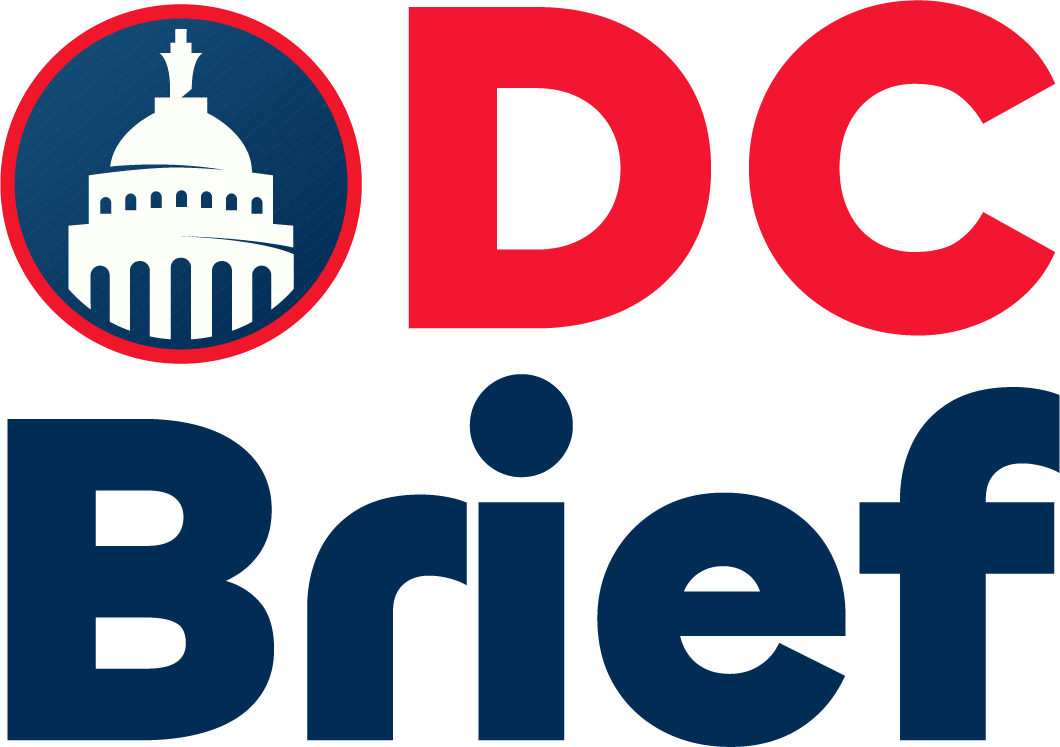Google’s latest Gemini 2.0 Flash AI model has drawn criticism for its ability to remove watermarks from copyrighted images, raising concerns among photographers, stock media companies, and copyright holders.
Unintended Use Case Discovered
Social media users recently uncovered that Gemini 2.0 Flash, Google’s advanced AI model, can effectively erase watermarks from images—including those from Getty Images and other major stock media providers. The AI not only removes watermarks but also intelligently fills in the missing portions of the image, creating a seamless edit.
This controversial capability has sparked concern, as watermarks serve as a crucial method for protecting intellectual property and preventing unauthorized use of copyrighted images.
Lack of Guardrails Raises Copyright Concerns
Gemini 2.0 Flash’s image generation and editing features, recently made available through Google’s developer platform AI Studio, are labeled as “experimental” and “not for production use.” However, the model appears to have fewer restrictions compared to competing AI tools.
By contrast, AI models from Anthropic and OpenAI explicitly refuse to remove watermarks. Claude 3.7 Sonnet, for example, warns that watermark removal is “unethical and potentially illegal.”
While Gemini 2.0 Flash does struggle with certain complex or semi-transparent watermarks, its efficiency and accessibility as a free tool make it a concerning development for copyright holders.
Potential Legal and Ethical Fallout
The discovery of this feature raises serious ethical and legal questions about AI’s role in protecting intellectual property. While watermark removal tools have existed for years, the ease with which Gemini 2.0 Flash performs this task—combined with Google’s global influence—has heightened concerns over AI misuse.
Industry experts anticipate pushback from copyright holders and possible regulatory scrutiny. It remains to be seen whether Google will introduce stronger safeguards to prevent unauthorized image alterations and copyright violations.
Stay tuned to DC Brief for further updates on this story and other technology developments.


